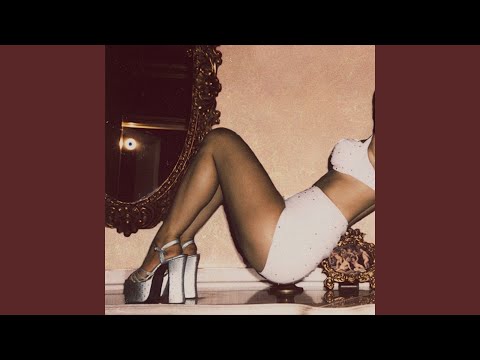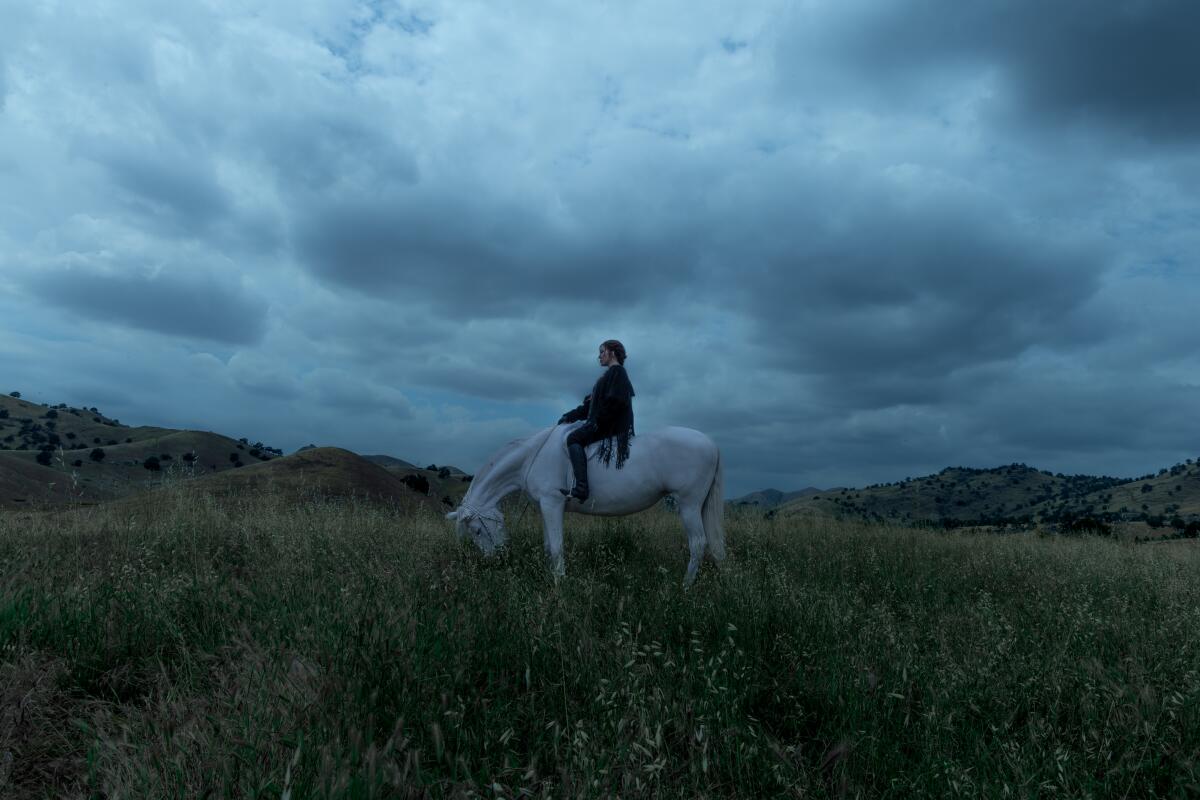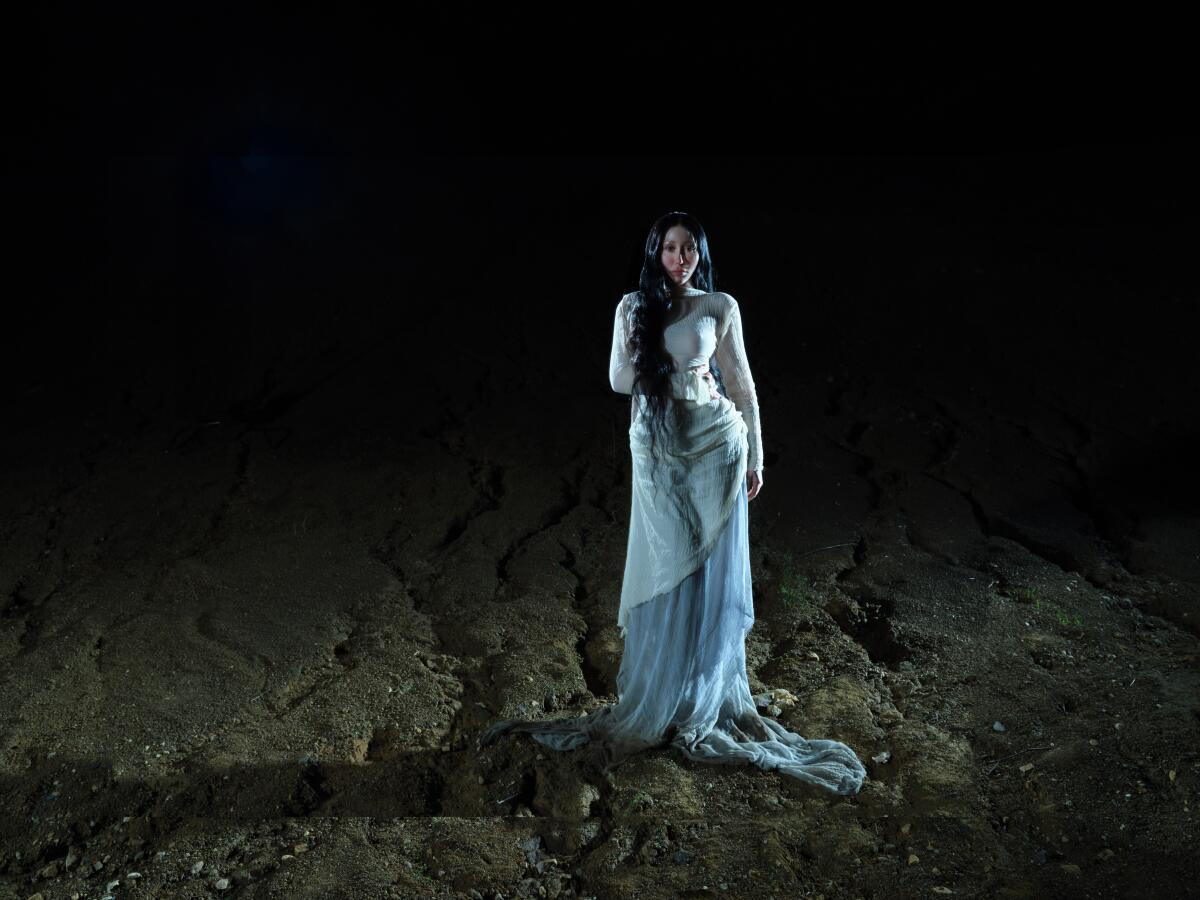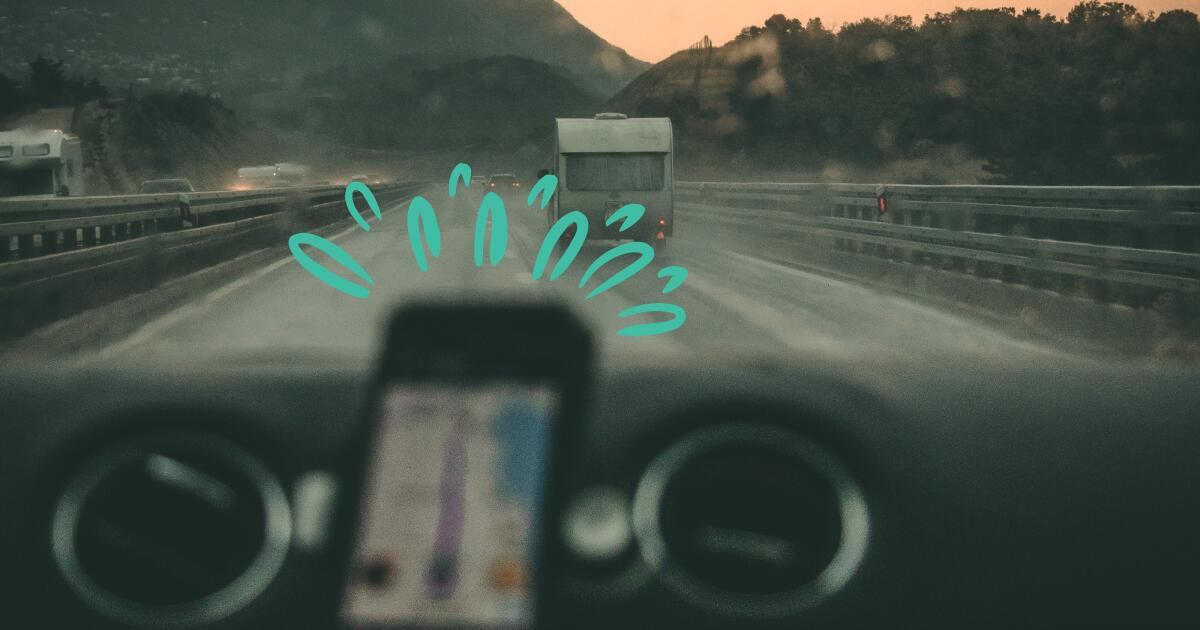Jessie Murph on ‘Sex Hysteria,’ TikTok and the controversy over ‘1965’
For about two months when she was a kid, Jessie Murph wanted to go to Harvard.
“I watched ‘Legally Blonde,’ and I was like, ‘This is lit,’” the 20-year-old singer and songwriter says of the Reese Witherspoon law-school comedy that came out three years before she was born. But wait: Growing up in small-town Alabama, Murph was a talented and dedicated cheerleader. Does Harvard even have cheerleaders?
“They probably do,” she says, tilting her head as she considers the question. “I don’t know if it’s like the main thing, though. It’s true you don’t really hear about it. They have all the expensive sports: lacrosse, polo, horse riding.” She laughs. “Horse riding would be lit too.”
Whatever the case, Murph soon cast aside her Ivy League aspirations — not to mention her devotion to cheer, though that’s come back more recently — and refocused on her first love of music. Now, instead of preparing for sophomore year, she’s just released her second major-label album, “Sex Hysteria,” which includes the top 20 pop hit “Blue Strips” and which — true to the LP’s title — has set off a minor internet controversy with the racy music video for her song “1965.”
An Amy Winehouse-ish retro-soul number with a ringing malt-shop piano lick, “1965” is about longing for romance the way they did it in the old days: “We’d go to diners and movies and such,” Murph sings in her scratchy Southern drawl, “We’d just hold hands and I’d love every touch.” Elsewhere in the song, the nostalgia darkens as Murph acknowledges that “I might get a little slap-slap” from her man and that “I would be 20, and it’d be acceptable for you to be 40.” (“That is f— up, I know,” she adds of the age gap.)
The song’s NSFW video goes even further, with traces of pornography and suggestions of domestic violence that have invited criticism that Murph is advocating (or at least aestheticizing) a kind of tradwife oppression at a precarious moment for women’s rights. Murph addressed the blowback in a video on TikTok, where she has 11 million followers, writing, “This entire song is satire r yall stupid” — proof, perhaps, that her point didn’t quite land as she’d hoped.
Yet this week, “Sex Hysteria” debuted on Billboard’s album chart at No. 8, not long after Lana Del Rey — a key influence on Murph with a long history of online outrage — posted a video of herself pole dancing to “Blue Strips,” whose title refers to the security marking on a $100 bill that might be tossed at an exotic dancer. All the attention has combined to put Murph in the conversation for a best new artist nod at February’s Grammy Awards.
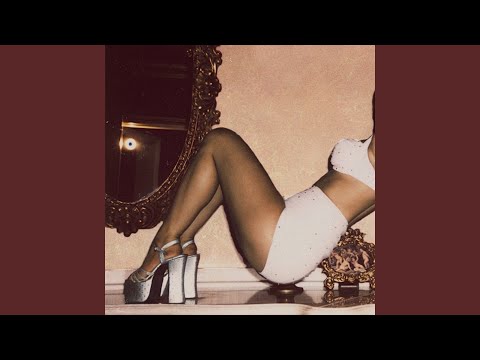
“Writing this album, I was in the studio every day for like six months straight,” she says on a recent afternoon near Venice Beach. “Didn’t go out, didn’t do anything — was just grinding.” We’re talking at the end of a long day of promo for “Sex Hysteria”; she’s wearing jeans and a Hysteric Glamour T-shirt, her inky-black hair hanging loose around her face. “But it’s so cool because you go in there with nothing and you make something out of thin air,” she says. “Then you get to listen to it, and it’s therapeutic for what you’re feeling.”
Though it opens with a track in which she attributes her becoming a songwriter to “my father and the f— up s— he did,” “Sex Hysteria” is a more playful record than last year’s “That Ain’t No Man That’s the Devil,” which Murph says exorcised “a lot of anger and hurt that I needed to get out, even just for myself, before I could move on to the next phase.” (A representative lyric from “Dirty”: “I woke up this morning kind of mad / Flipped the switch, I had the urge to beat your ass.”)
Here, in contrast, she’s singing about her interest in “whips and chains” in the sock-hoppy “Touch Me Like a Gangster” and bragging about the Malibu mansion she just bought in “Blue Strips” — a mansion, she clarifies, she does not actually own.
“Not yet,” she adds. “That line was just the first thing that came out of my mouth when I was writing the song. It feels so glittery, the thought of living in Malibu. It’s always been something I’ve wanted to do.” What shaped her ideas about the storied coastal enclave as a child in the Deep South? “I’m a really big fan of ‘Property Brothers’ — I’m sure I saw it on there.”
Murph moved to L.A. about a year and a half ago from Nashville, where she established a foothold in the music industry with collaborations like “Wild Ones,” a duet with Jelly Roll that has more than 300 million streams on Spotify, and “High Road,” a No. 1 country-radio hit by her and Koe Wetzel that led to a nomination for new female artist of the year at May’s ACM Awards.
“Sex Hysteria” dials down the explicit country trappings in favor of thumping bass lines and woozy trap beats; her guests on the album are Gucci Mane and Lil Baby. Yet the album demonstrates a certain stylistic blurriness that’s comes to define country music no less than any other genre in the streaming era.
“Whether it’s country or pop or whatever, I think Jessie Murph is just Jessie Murph,” says Bailey Zimmerman, the Nashville up-and-comer who teamed with Murph last year for the rootsy “Someone in This Room” and whose own music shares a casually hybridized quality with Murph’s. “It may not sound country, but what she’s talking about usually is.”
Like many in her generation, Murph found her voice posting covers of popular songs online. The oldest video on her YouTube is titled “11 year old sings titanium” and, sure enough, shows a young Murph squinting into the camera as she performs Sia and David Guetta’s 2011 stadium-rave jam. At 16, having built a following on Instagram and TikTok while in high school in Athens, Ala., she signed to Columbia Records and started releasing singles; by 2023 she’d dropped a mixtape called “Drowning” and recorded songs with Diplo and Maren Morris.

Jessie Murph
(Annie Noelker / For The Times)
For “Sex Hysteria,” she drew inspiration from Patsy Cline, Wanda Jackson and both Presleys — Elvis and Priscilla. Murph says her mother told her that when Jessie was 3, she came into the kitchen and announced that she’d been Elvis in a past life. Has Jessie been to Graceland?
“No, but my mom went there when she was pregnant with me,” she says, widening her kohl-rimmed eyes.
She titled the album in reference to the dismissive way women were described as “hysterical” in the 1950s and ’60s — “women who were depressed or anxious or just feeling normal emotions,” she says. Does she think women are more free to express themselves half a century later?
“I definitely feel free if I’m feeling some type of way — obviously I’m saying it in songs and not holding anything back. But I think everyone’s experience is very different. I’m sitting in a different spot than somebody three doors down is, you know? And different countries and different political settings — I’m sure it’s something that’s a problem in places.”
To a degree, the backlash to Murph’s “1965” has overlapped with the criticism Sabrina Carpenter drew when she revealed the cover of her upcoming “Man’s Best Friend” album, which depicts Carpenter kneeling before a man who’s pulling her hair.
“The weirdest part about it is that it’s a lot of women who are hating,” Murph says. “But I think some people are weirded out by my age. A lot of people met me when I was 16 or 17 and a much different person — which, thank God I’m a different person.” She sighs. “I don’t know. When people find you at a certain age, it’s like you need to be frozen in time. Let me live.”
This week, Murph launched a world tour behind “Sex Hysteria” that she previewed with a buzzy performance at April’s Coachella festival in which she brought some of her old cheerleading moves into the choreography she’s emphasizing for the first time. (She’ll circle back to Southern California for a Sept. 27 stop at the Shrine Expo Hall.)
“Certain things come naturally to me and certain things don’t,” she says. “The dance stuff is one of the things I’m grilling myself on.”
Another of her goals this year: spending less time on social media. “That s— is terrible for your mental health,” she says even as she admits that YouTube and TikTok have been crucial to her ascent. “I’m on World War III TikTok right now, where they’re talking about World War III. And I just keep scrolling, because now I’m nervous about World War III.
“I think it’s scary how young kids are getting phones,” she adds. “That YouTube video you brought up — I could have posted something crazy at that age, right? Even being 16 and having TikTok — I look back at some of the things I posted, and I’m like, Why would you post that, bro?”
